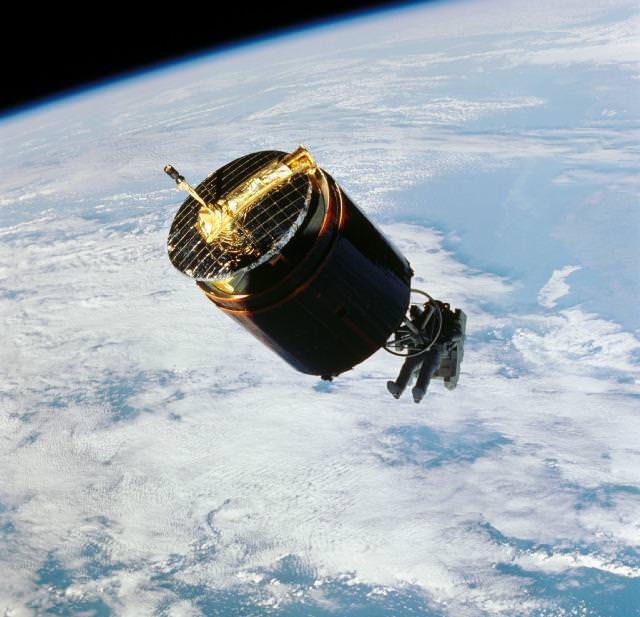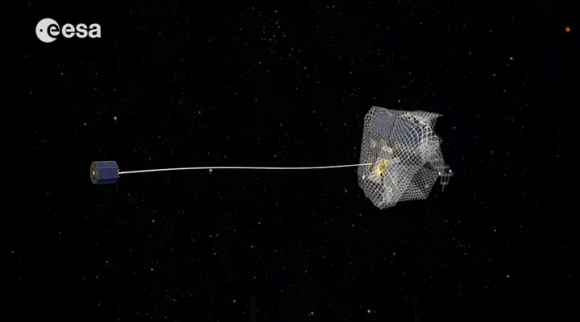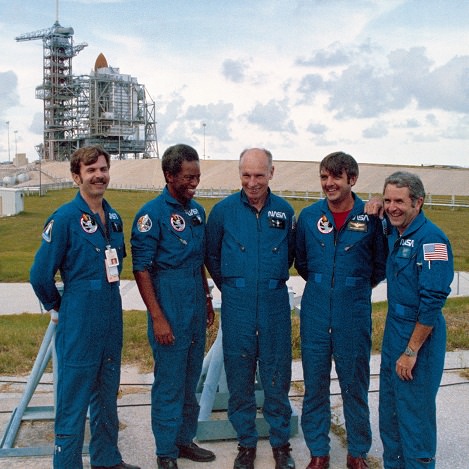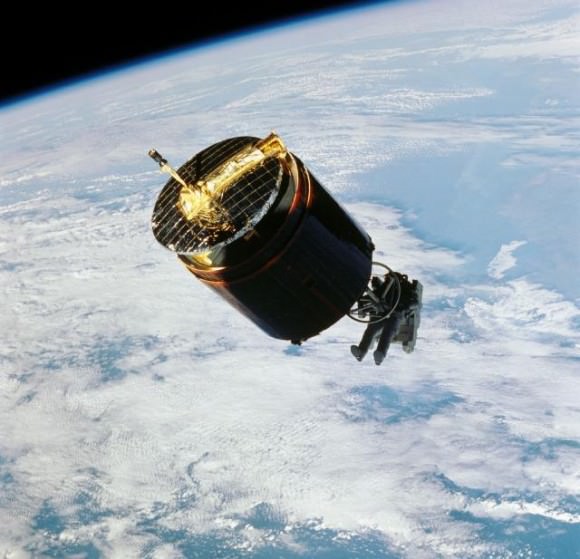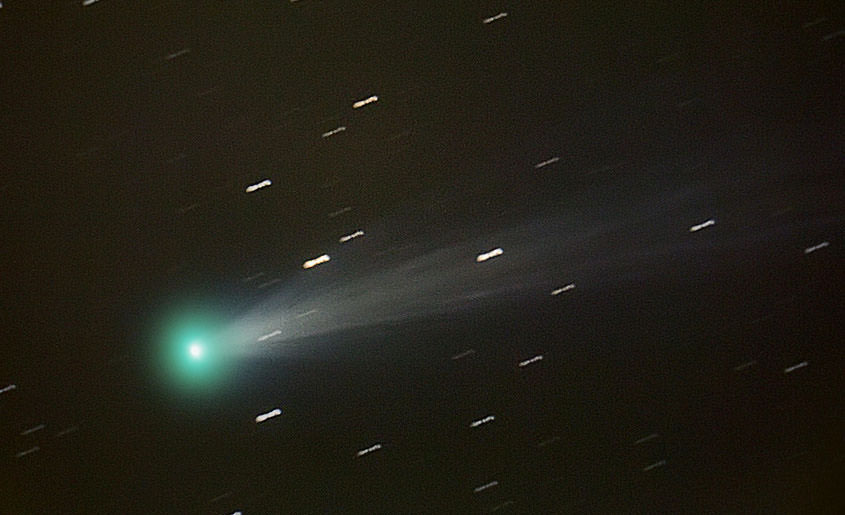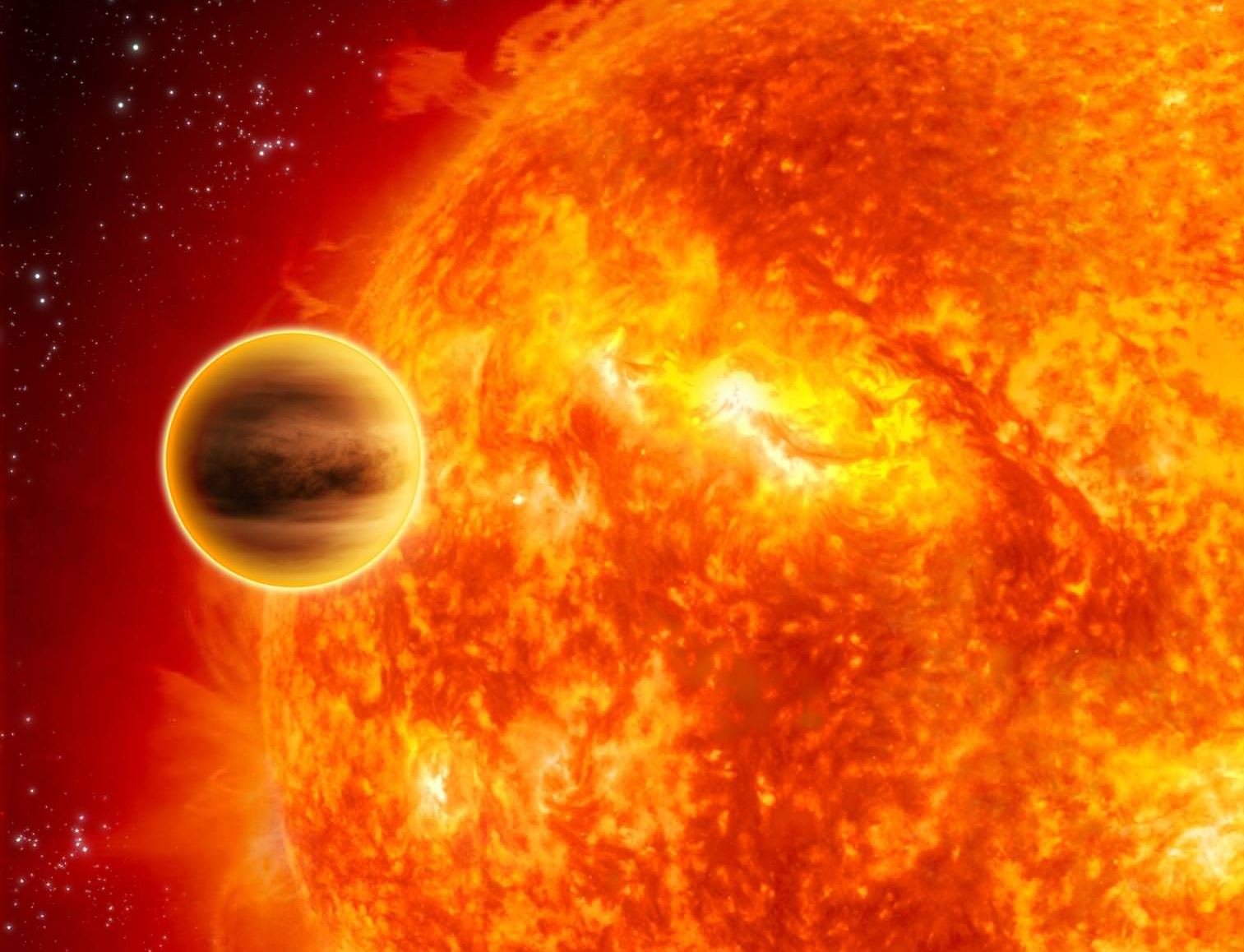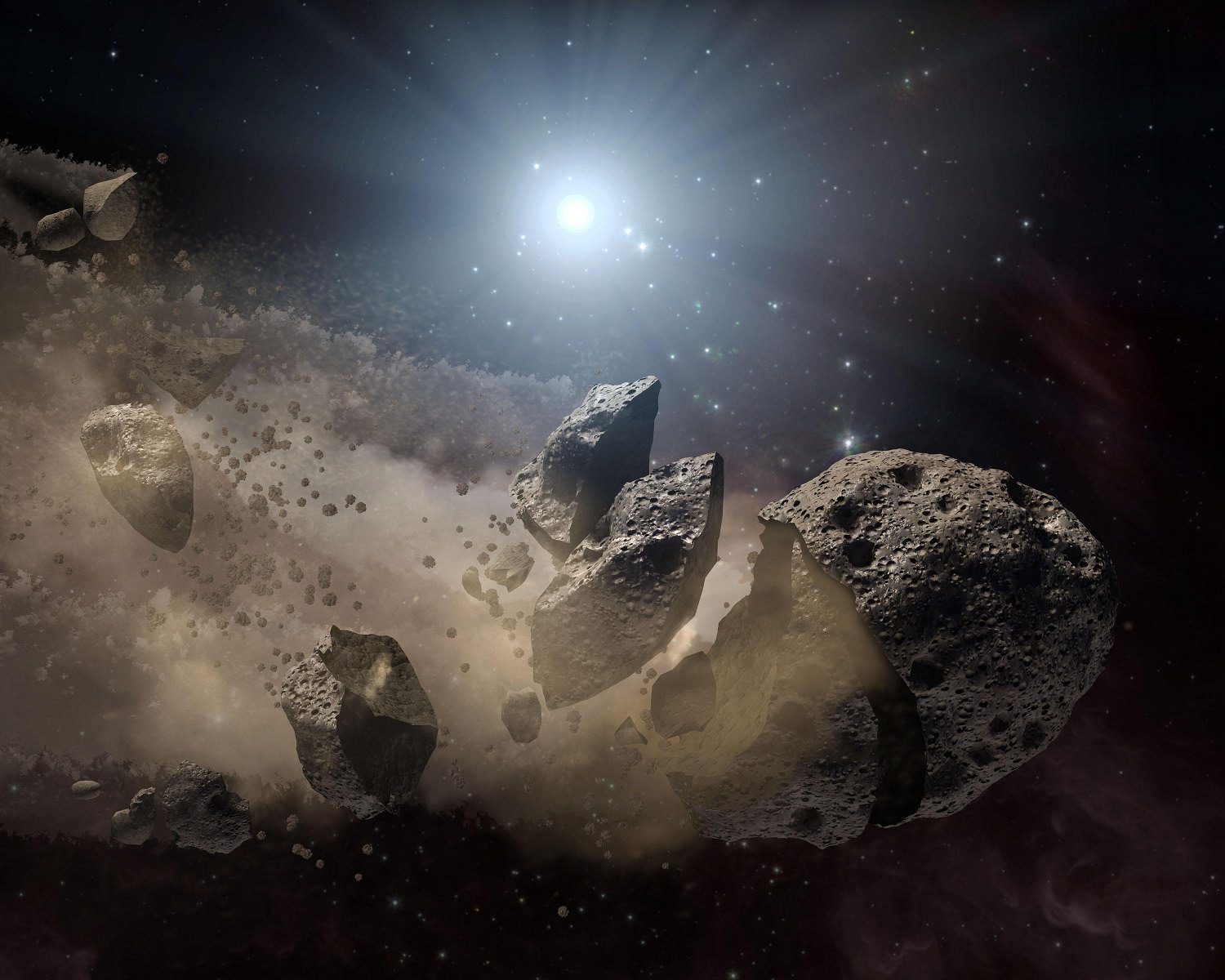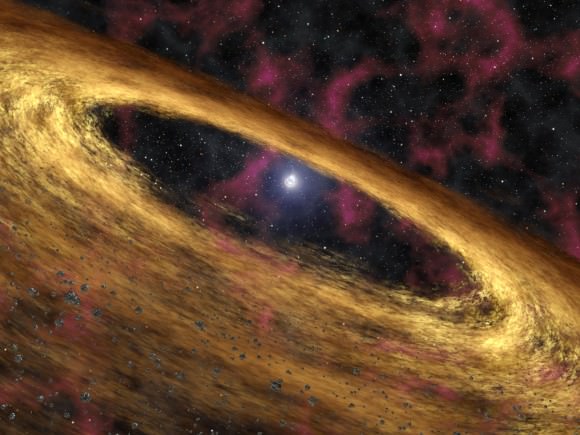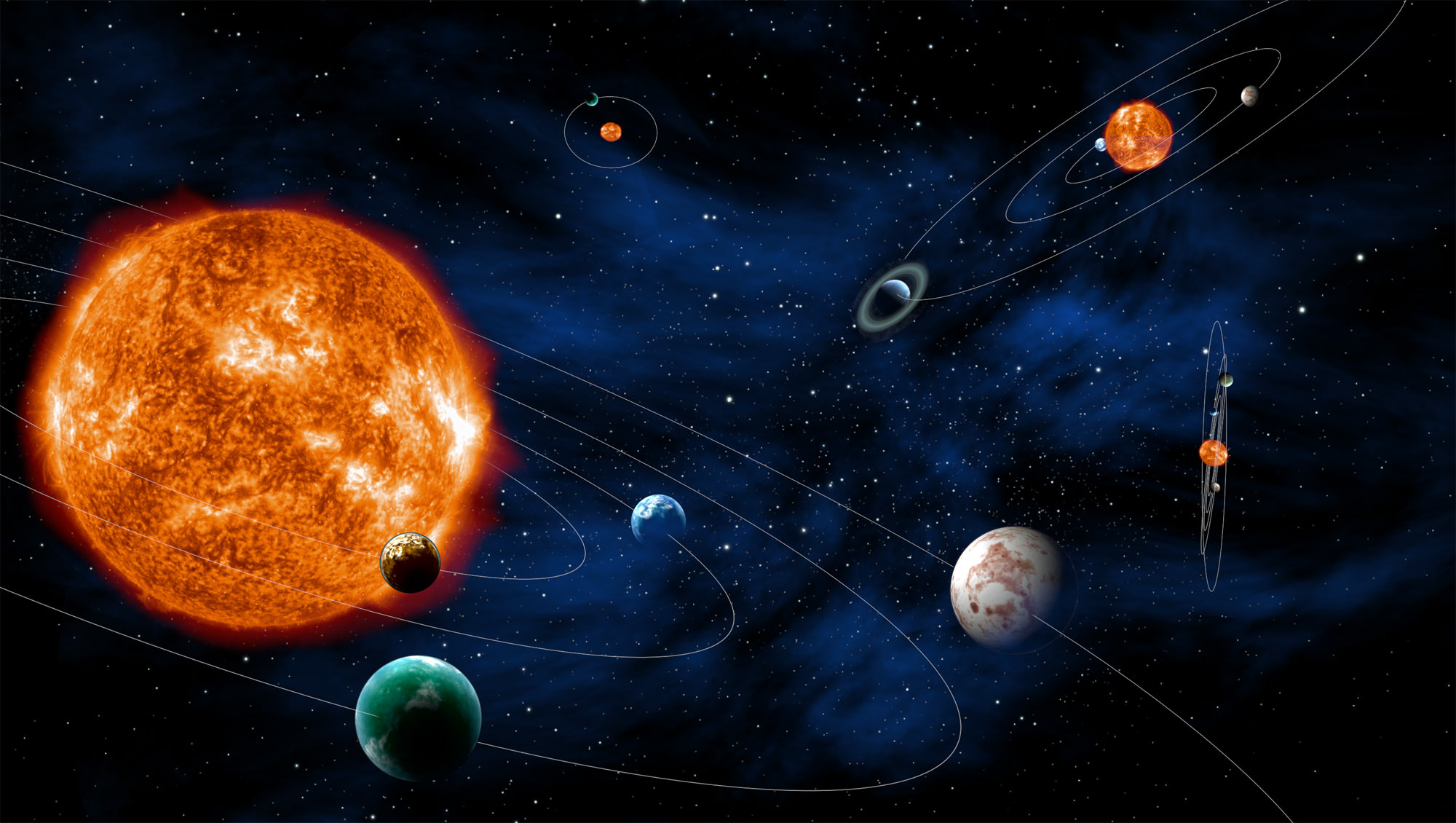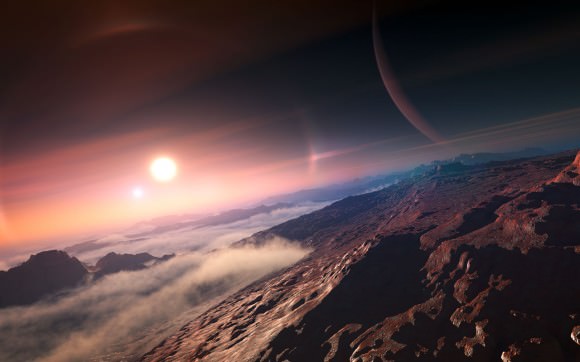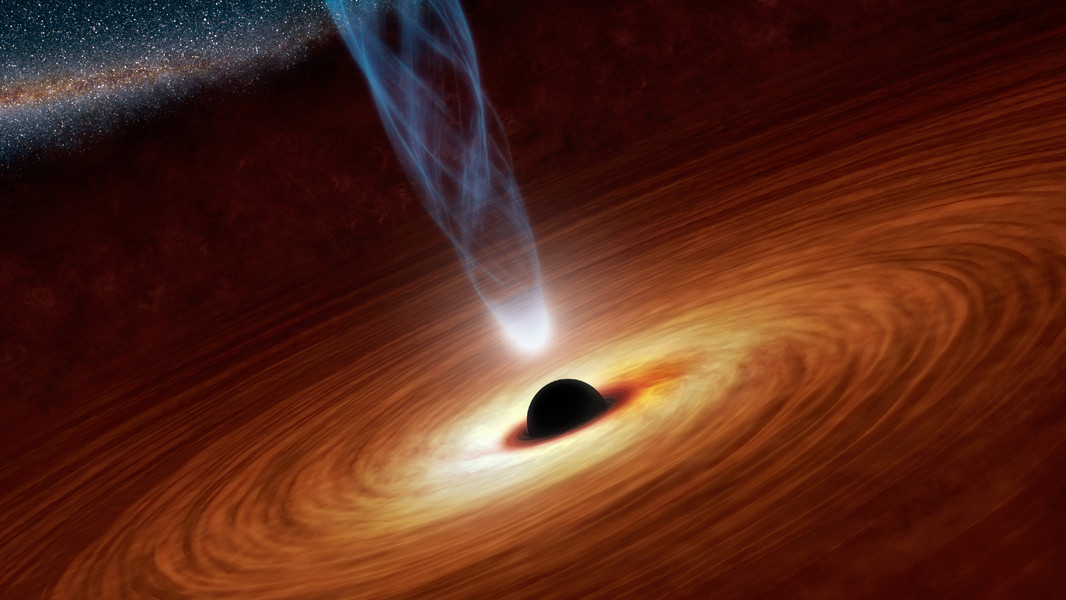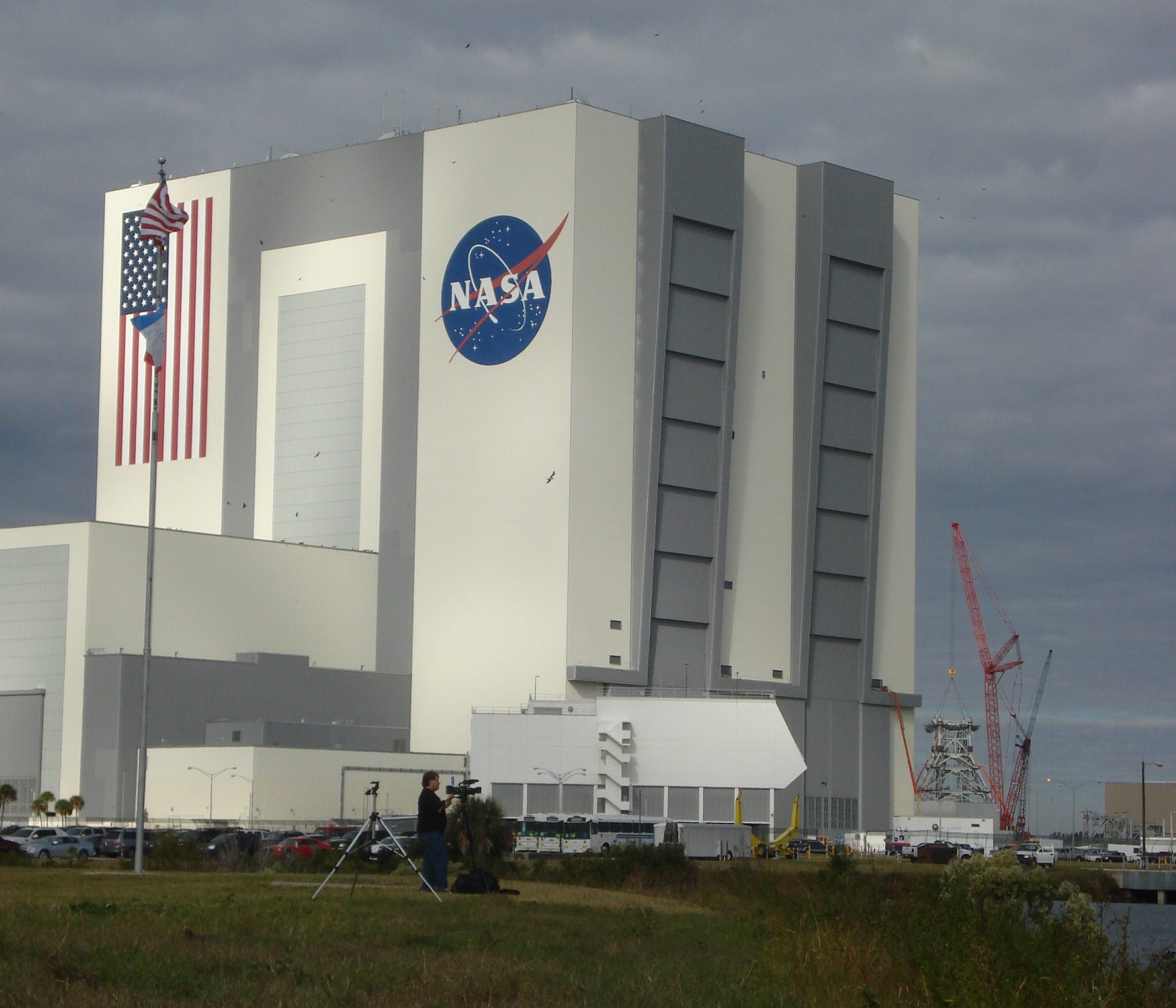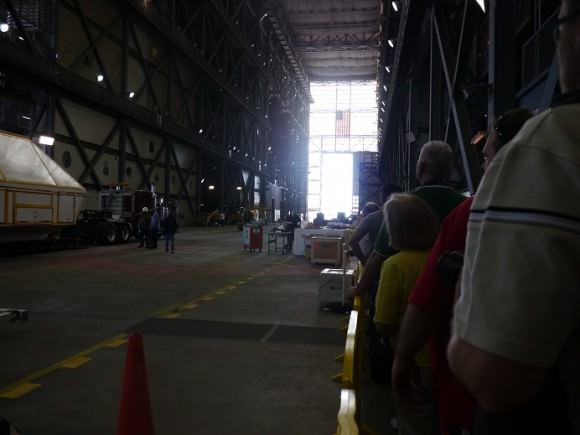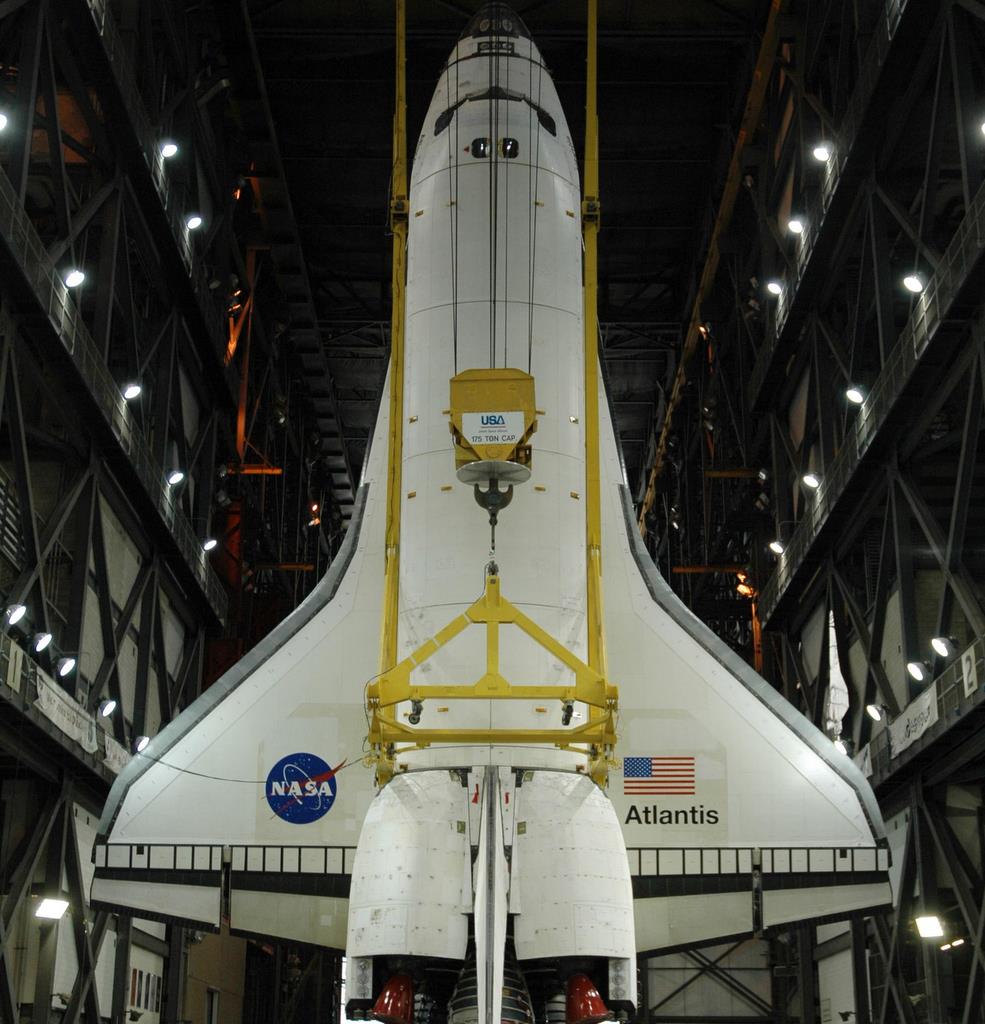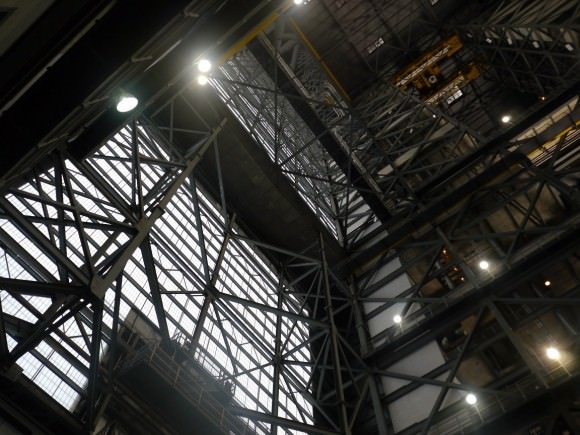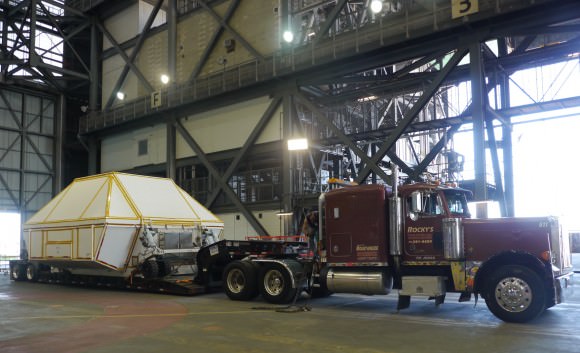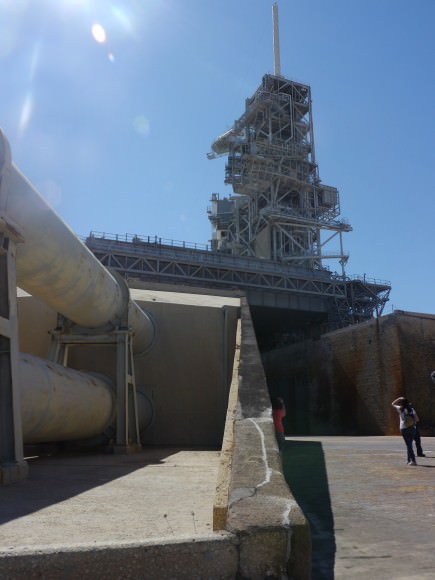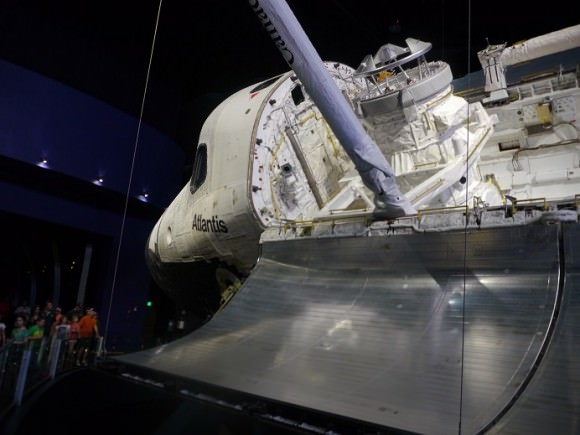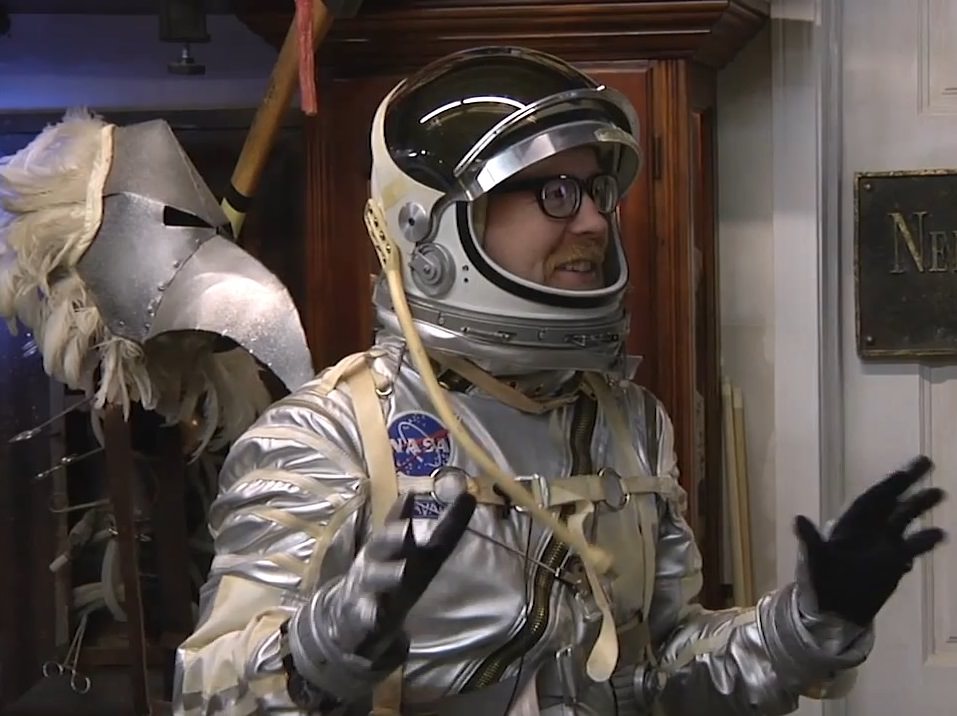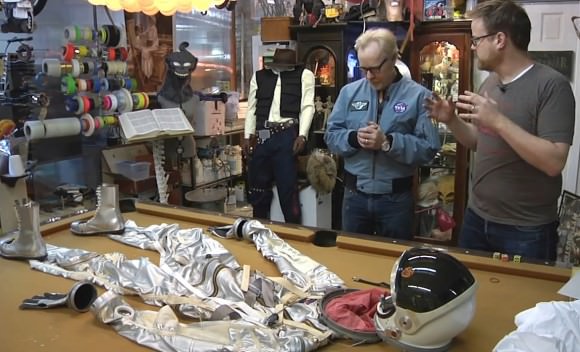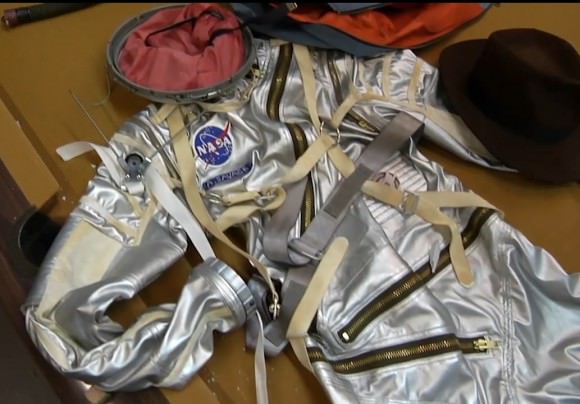A big challenge of making history “real” to students is finding a way to make it identifiable. Back in the early days of space exploration, it seemed every launch was on TV and every step to the moon extensively documented on radio, television and other media of the day. In an age where we just pull what we want off of social media and YouTube, the sense of excitement must be hard to convey to younger students.
To bring the inspiration of Apollo 11 to a younger audience, one high school teacher in Maryland took it upon himself to write a play for secondary school students — including much of the original transcript, right down to the “nouns” and “verbs” of the computers the astronauts used.
Richard Zmuda, who teaches in Annapolis, first came up with the idea three years ago after giving a National Honor Society speech to high schoolers where he cited alumni to the students, such as Apollo 11 lunar module pilot Buzz Aldrin.
“I had researched Aldrin for the speech and learned some fascinating details about him personally and about the mission in general,” Zmuda stated. “I realized that, while as a young boy I was able to watch on television Neil Armstrong’s first steps on the moon, none of the students could even remotely share in that experience. Yet it was one of the most important events in the history of mankind.”
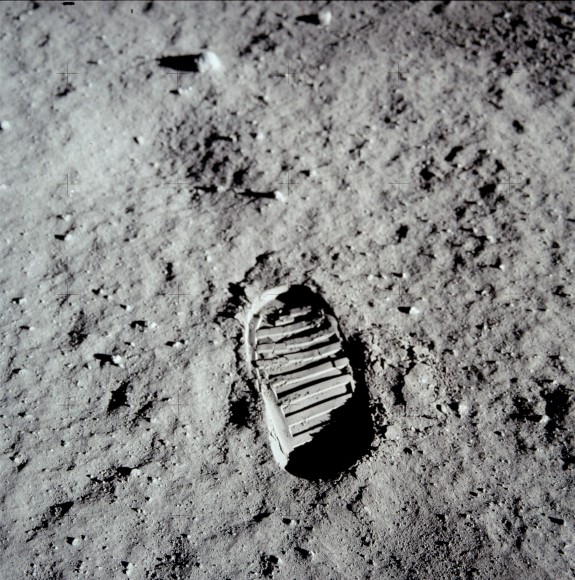
The result is a remarkably accurate adaptation of the mission transcript, and one that would be an interesting challenge for young thespians to bring to the stage. There are actual lines of dialog that sound close to what an astronaut of the day would say, such as “Your Co-Elliptic Sequence Initiation Time of Ignition: 125:19:3470.” Teaching the students how to convey a sense of drama, while staying true to the script, would be a fun exercise. It also would require some research so that the students understand what they’re talking about, which is likely the point that Zmuda wanted to convey.
That’s not to say that every line of dialog is that technical. Zmuda works to bring out the drama in several parts of the mission, including how Aldrin initially missed his first test “jump” back on to the lunar ladder and banged his shins against a rung. The staged Aldrin exclaims to the audience, “Well, at least I can say I was the first person to actually PEE on the moon,” something the real person never came close to saying. In a dramatic sense, however — especially given the age of the audience — this was a fun way to show how serious the situation could have been if Aldrin had more trouble getting back up.
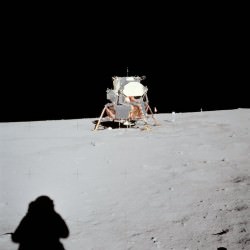
Even more interesting is Zmuda’s decision to keep the actors to between four and seven people — three astronauts and either a single person as CapCom in Mission Control, or three people representing the different shifts. This focuses the bulk of the attention on the astronauts, although “Houston” is intended to act as a dramatic foil during the frequent communications blackouts (which did happen in the real mission, too). It also makes it easy for a small drama class to stage the play.
The Apollo 11 adaptation is a fun read for space geeks, and likely is a good tool for teaching history at the high school level and above. Although the script is very technical at times, teaching students how to read this material can be equated to learning how to understand Shakespeare, or to deliver foreign words on stage. It’s a great effort by Zmuda, and hopefully will teach a few students about what the landing represented to space exploration.


